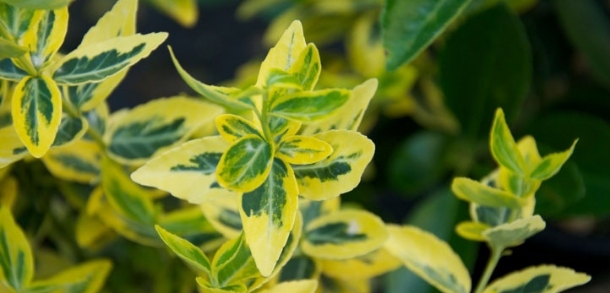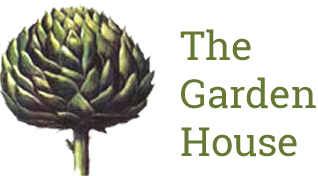Be Inspired by Autumn Green
Posted:7 November 2015
The word evergreen can still conjure up the image of an overgrown old-fashioned shrubbery, often under trees, and composed of plants such as laurel and privet. Yet it is really important to appreciate the value and aesthetic appeal of evergreens – especially as they add a richness of texture and hue that deciduous plants cannot copy.
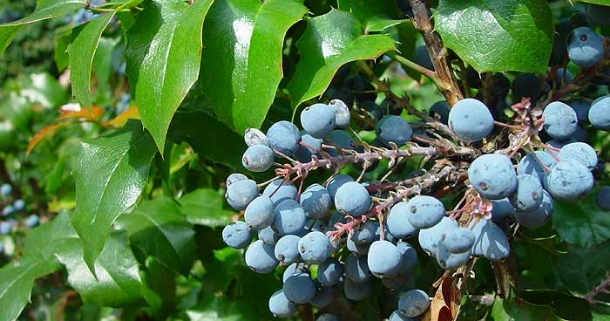
Evergreens bring winter cheer that will keep you going until spring comes, and no garden design is complete without at least some carefully placed evergreens to give structure and depth.
Shades of green are not all that the leaves of evergreens have to offer, a large number have foliage that is bronze, a copper colour or red at the tip for example Photinia x fraseri ‘Red Robin’. Other evergreens are grey or grey-green, for example Helianthemums and Hebes. Eleagnus macrophylla has a silvery underside with a green above (which incidently enables the plant to cope with coastal conditions).
Leaf shape can provide architectural brilliance. Plants such as Fatsia japonica, Laurus nobils and the beautiful Magnolia grandiflora all have distinctive leaf shapes.
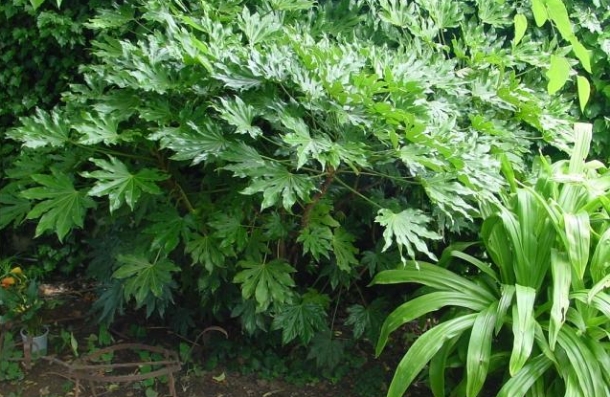
Lonicera nitida, Pittosporum tenuifolium, Griselinia and Prunus laurocerasus ‘Otto Luyken’ among others make fantastic evergreen hedges. Box (Buxus sempervirens) not only makes a fine low hedge, but can also be clipped into topiary shapes that highlight and decorate the garden all year round.
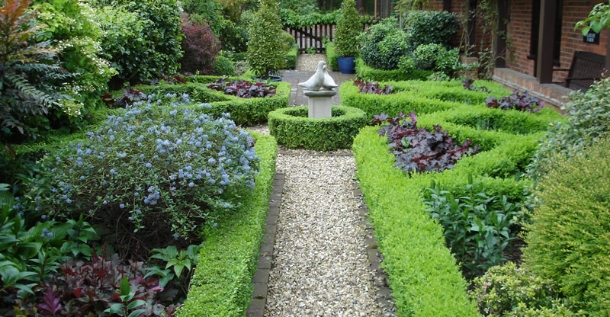
Some evergreens, such as Mahonia aquifolium and Magnolia grandiflora give a fine display of winter flowers, and many have colourful fruits, such as the evergreen Cotoneasters.
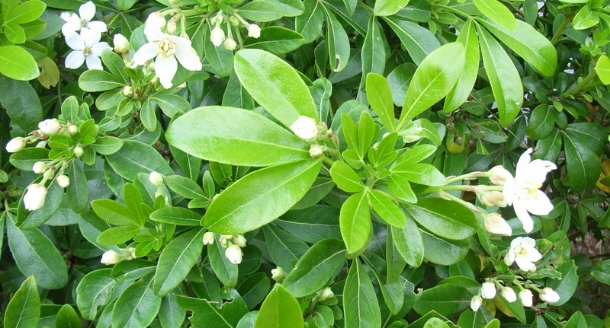
Some of the many uses of evergreens…
- In beds and mixed borders
- As focal points
- Against walls and fences
- Ground cover
- Hedges and windbreaks
Evergreens for a particular purpose:
- Hedges: Escallonia; Euonymus japonicus; Ilex aquifolium; Viburnum tinus; Lonicera nitida
- Windbreaks: Quercus ilex; Abies delavayi; Chamaecyparis lawsoniana; Prunus laurocerasus; Drimys winteri
- Ground cover: Hebe albicans; Junperus x media ‘Pfitzeriana’; Sarcococca; Viburnum davidii; Mahonia aquifolium
- Shade: Aucuba japonica; Nandina domestica; Pileostgia vibunoides; Daphne laureola; Choisya ternate
- Costal sites: Arbutus; Cistus; Phillyrea; Olearia; Eucalyptus
Not quite fifty shades of green, but near enough!
